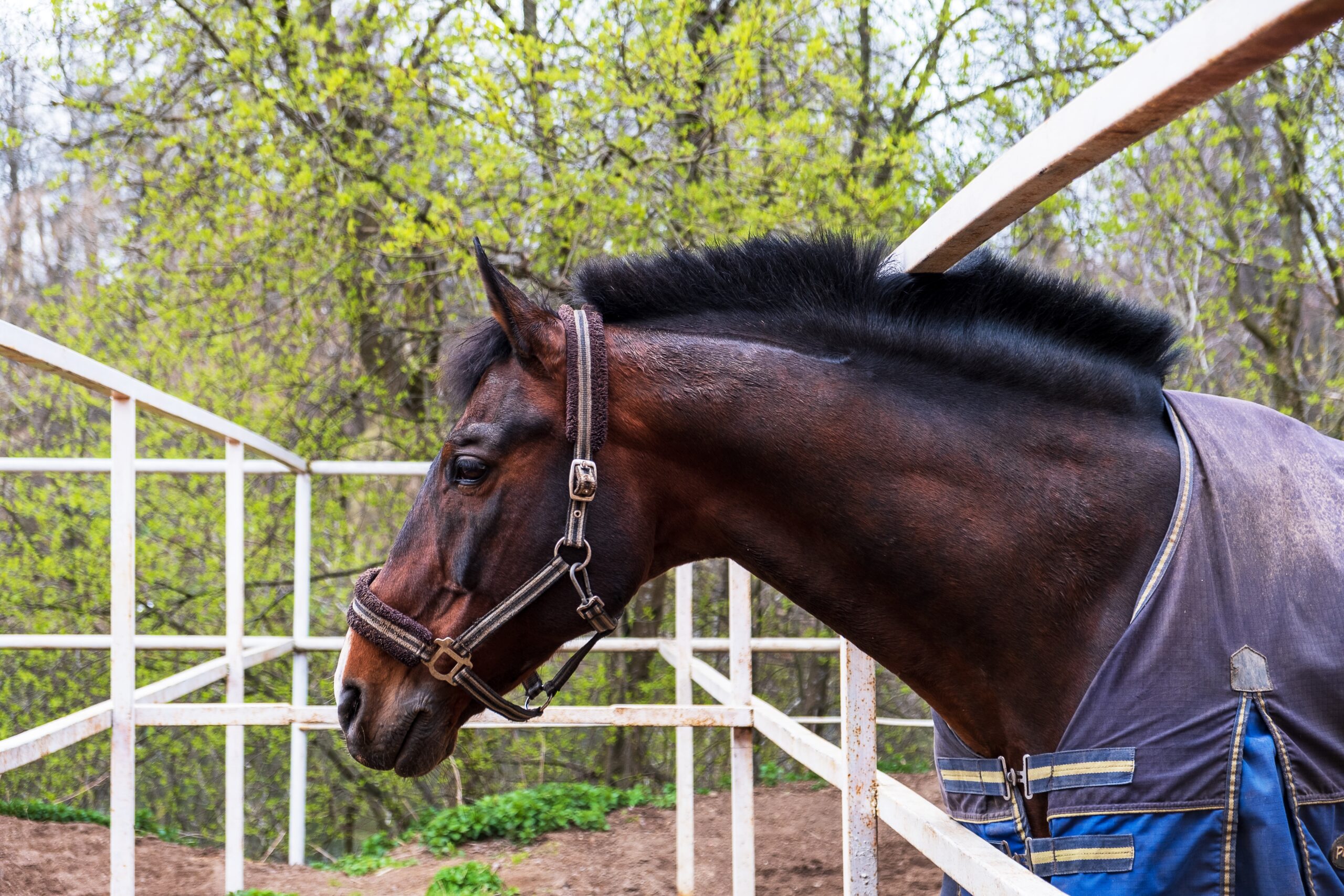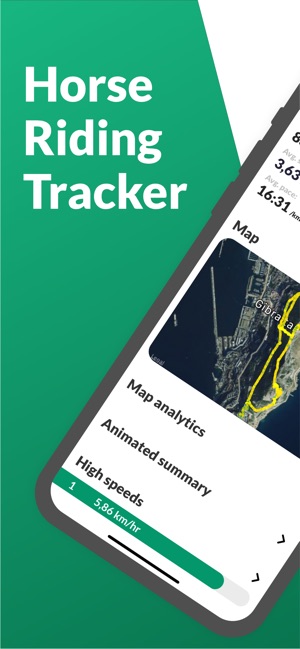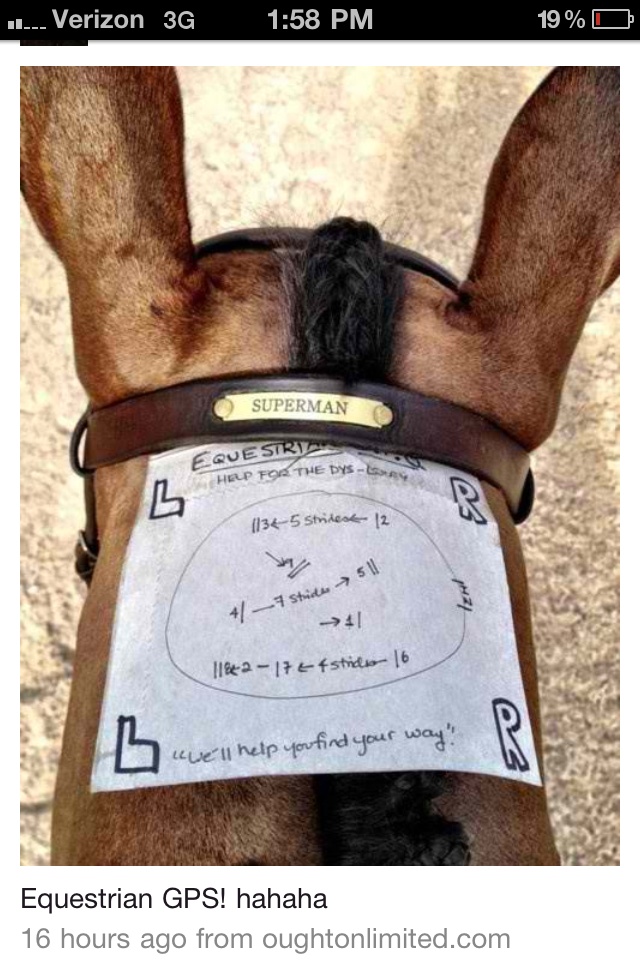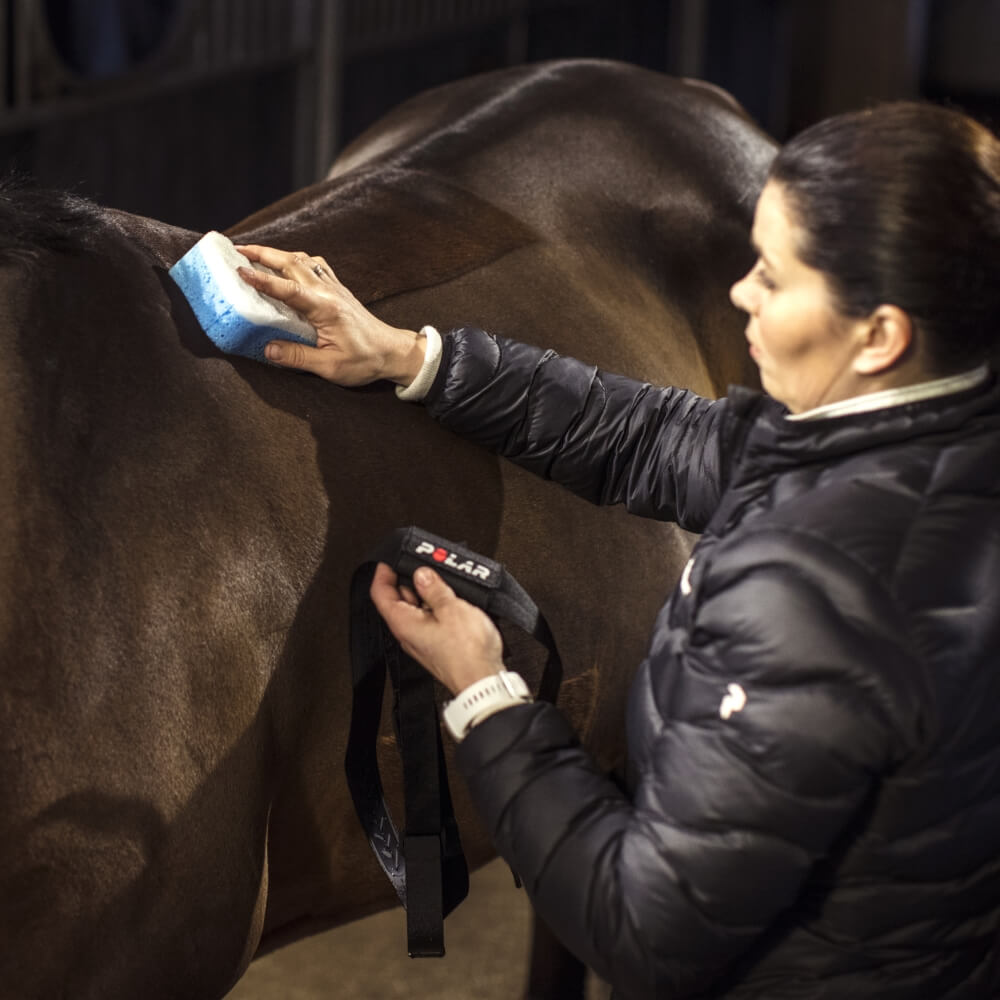The Role of GPS in Horseback Riding

Horseback riding is an activity that combines skill, adventure, and a deep connection with nature. In recent years, GPS technology has become an invaluable tool for riders, enhancing safety, navigation, and overall riding experience. This article explores the multifaceted role of GPS in horseback riding, providing insights into how this technology benefits riders of all levels.
What is GPS?

GPS, or Global Positioning System, is a satellite-based navigation system that provides location and time information anywhere on or near the Earth. Originally developed for military use, GPS has become widely accessible for civilian applications, including outdoor sports like horseback riding.
Applications of GPS in Horseback Riding

1. Navigation and Route Planning

- Riders can use GPS devices or smartphone apps to plan routes before heading out.
- Real-time tracking helps prevent getting lost in unfamiliar terrain.
- GPS allows riders to mark waypoints, trails, and points of interest.
2. Safety and Emergency Assistance
- GPS enables quick location sharing in case of emergencies.
- Some devices have SOS features that alert emergency services.
- Tracking devices can monitor rider and horse movement for safety.
3. Performance Tracking and Training
- GPS can record speed, distance, and elevation changes.
- Riders can analyze data to improve riding techniques and endurance.
- Useful for competitive riders to monitor progress.
4. Environmental and Trail Management
- Helps in mapping trails and monitoring trail conditions.
- Assists in preserving natural habitats by guiding riders on designated paths.
Benefits of Using GPS in Horseback Riding
| Benefit | Description |
|---|---|
| Enhanced Safety | Quick location sharing and emergency alerts |
| Improved Navigation | Accurate route planning and real-time tracking |
| Training Insights | Detailed performance data for skill improvement |
| Environmental Protection | Helps maintain trails and natural areas |
Challenges and Considerations
- Battery life of GPS devices during long rides.
- Signal loss in dense forests or mountainous areas.
- Cost of specialized GPS equipment.
- Learning curve for riders unfamiliar with technology.
Frequently Asked Questions (FAQ)
Q1: Can I use my smartphone GPS for horseback riding?
A: Yes, many riders use smartphone apps, but dedicated GPS devices often offer better durability and battery life.
Q2: How accurate is GPS tracking on horseback?
A: GPS accuracy can vary but is generally within 3-10 meters, which is sufficient for most riding needs.
Q3: Are there GPS devices specifically designed for horseback riding?
A: Yes, some manufacturers offer GPS units tailored for equestrian use, featuring rugged designs and horse-specific tracking features.
Q4: How can GPS improve safety during rides?
A: GPS allows riders to share their location with others and access emergency services quickly if needed.
Conclusion
GPS technology has transformed horseback riding by providing tools that enhance navigation, safety, training, and environmental stewardship. Whether you are a casual rider or a competitive equestrian, integrating GPS into your riding routine can offer significant benefits and peace of mind.
Embrace the power of GPS to make your horseback riding adventures safer and more enjoyable!
